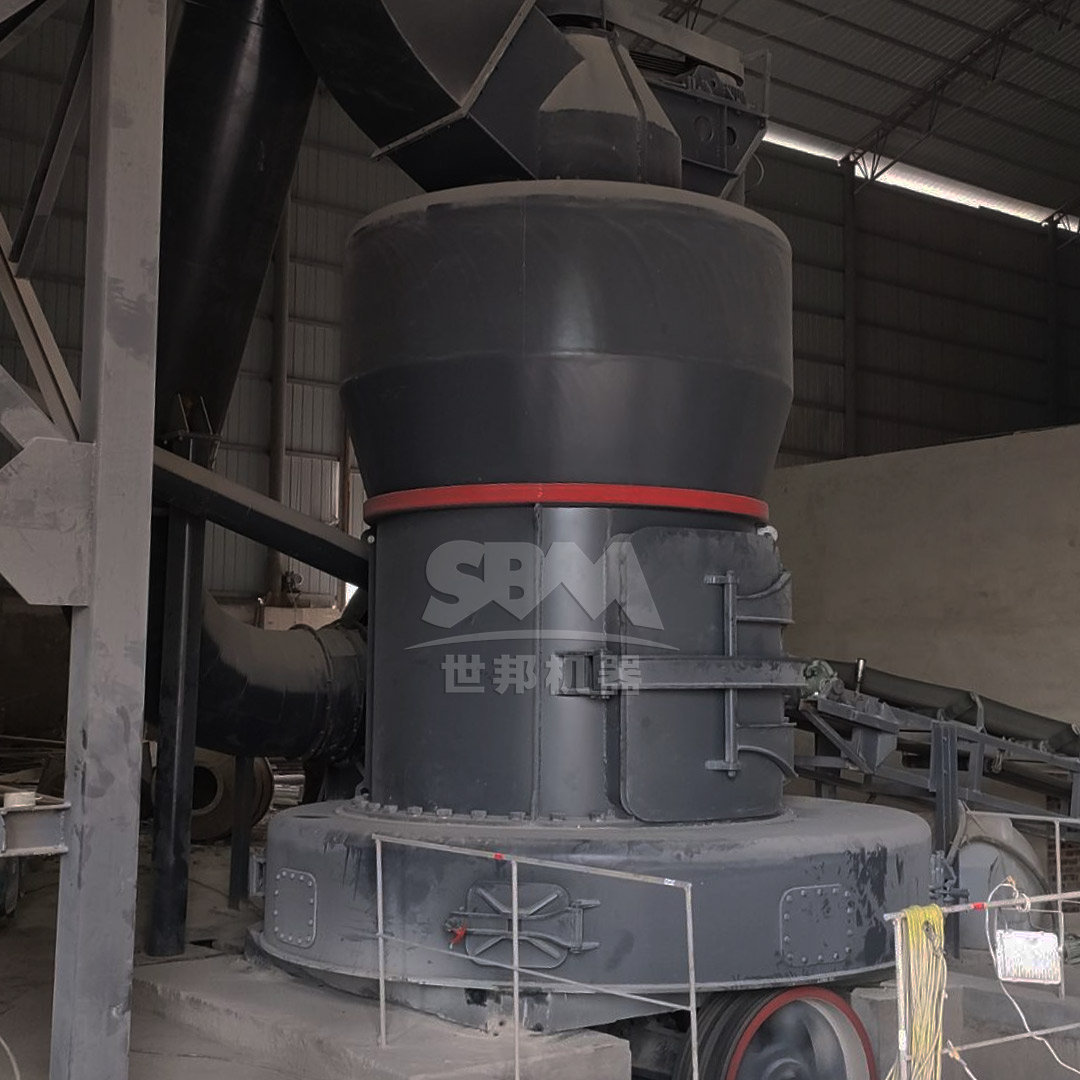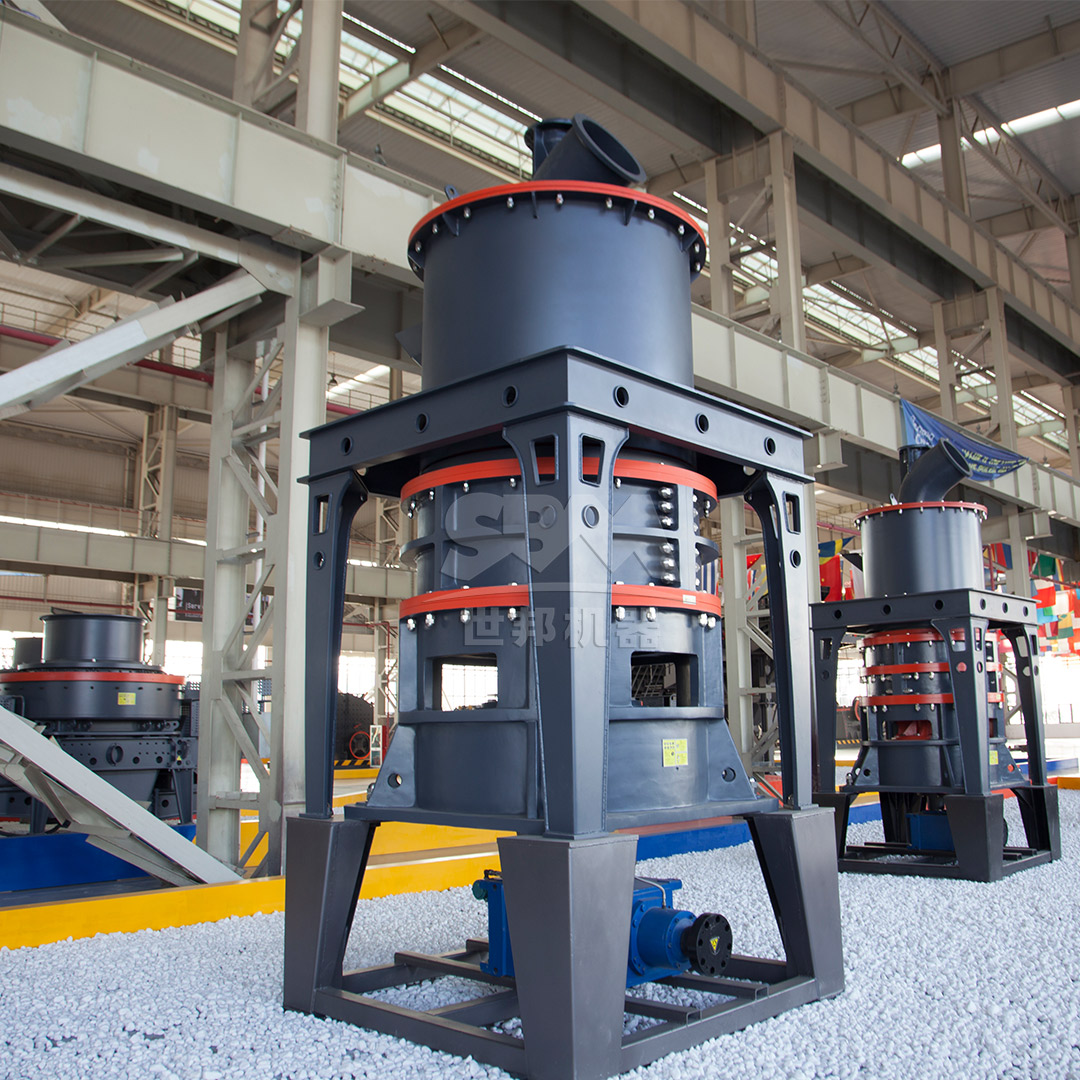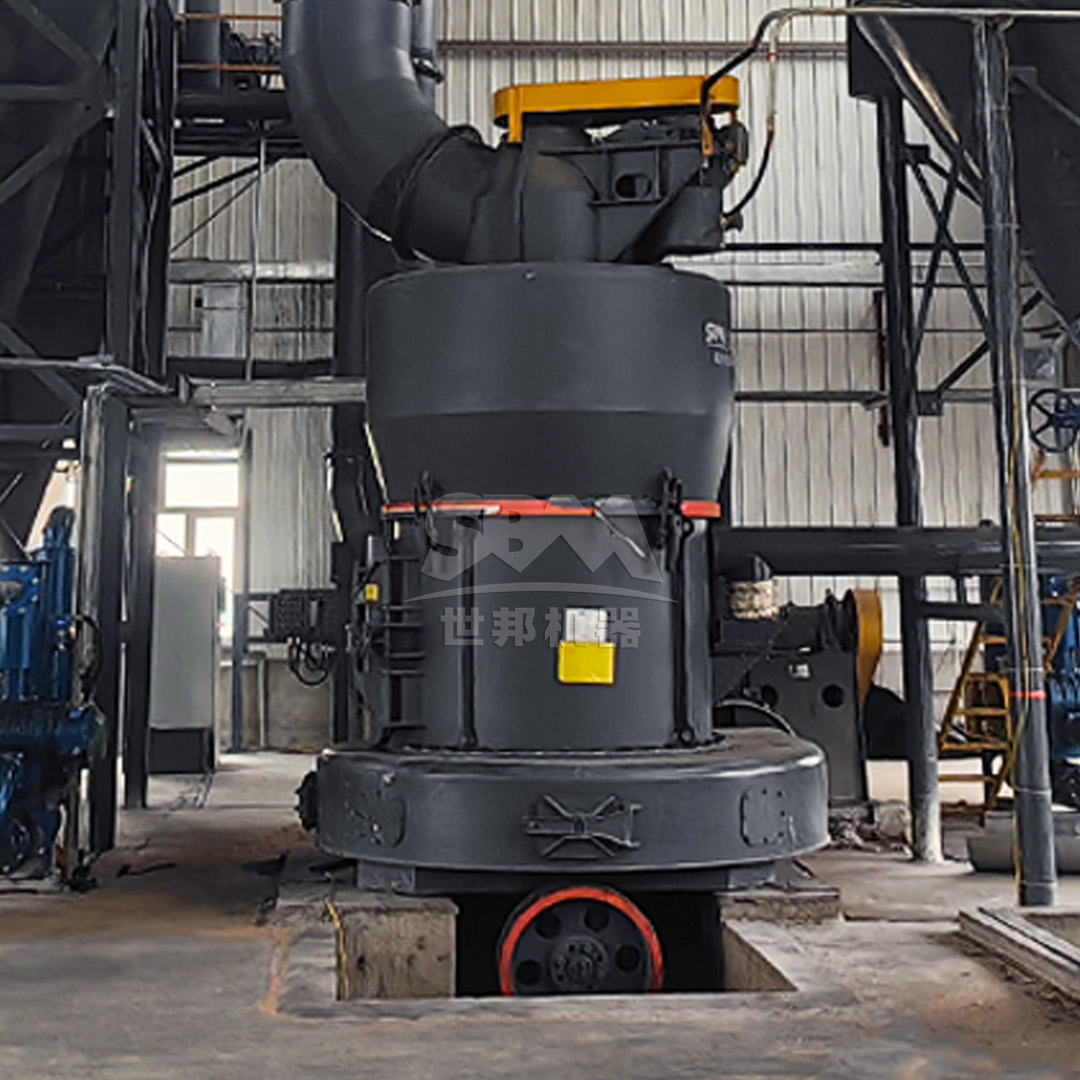Dolomite, a calcium magnesium carbonate mineral (CaMg(CO3)2), serves as an essential raw material in the glass manufacturing industry, particularly for container glass production. When processed to precise specifications, dolomite powder contributes significantly to the chemical stability, thermal resistance, and mechanical strength of glass bottles. The quality of dolomite powder directly influences the melting behavior, crystallization tendency, and final product characteristics of glass containers used in food, beverage, pharmaceutical, and cosmetic packaging.
In modern glass bottle manufacturing, dolomite performs multiple critical functions:
The transformation of raw dolomite into precisely controlled powder requires specialized grinding equipment capable of delivering consistent particle size distribution, high purity, and optimal surface characteristics. This article explores the technical requirements for dolomite processing and examines advanced grinding solutions that meet the exacting standards of the glass industry.

The glass industry demands strict control over dolomite powder characteristics, with particle size distribution being among the most critical parameters. For optimal melting and homogeneity in glass batch composition, dolomite powder typically requires a fineness range between 100-325 mesh (149-44μm), with some advanced applications requiring even finer particles down to 5μm.
| Application | Required Fineness (Mesh) | Particle Size (μm) | Chemical Purity (%) |
|---|---|---|---|
| Standard Container Glass | 100-200 | 149-74 | ≥95 |
| Premium Glass Bottles | 200-325 | 74-44 | ≥97 |
| Pharmaceutical Packaging | 325-2500 | 44-5 | ≥98.5 |
Achieving these specifications consistently requires grinding technology that offers precise classification, minimal contamination, and stable operation over extended production cycles. The wrong particle size distribution can lead to incomplete melting, seed formation, or chemical inhomogeneity in the final glass product.
Modern dolomite powder production employs several grinding technologies, each with distinct advantages for specific applications. The selection of appropriate grinding equipment depends on production capacity requirements, energy efficiency targets, and the desired final product characteristics.
For applications requiring the finest particle sizes, ultrafine grinding mills represent the technological frontier. These systems combine high-impact grinding forces with precise air classification to achieve particle sizes down to 5μm while maintaining narrow size distributions.
Our SCM Ultrafine Mill series stands out as an optimal solution for high-purity dolomite powder production for premium glass applications. With an output fineness range of 325-2500 mesh (D97≤5μm) and processing capacity from 0.5 to 25 tons per hour, this equipment delivers the precision required by demanding glass manufacturers.

The SCM series incorporates several technological innovations specifically beneficial for glass-grade dolomite production:
The working principle involves main motor-driven rotation of multi-layer grinding rings, where material is dispersed into the grinding path by centrifugal force. After sequential grinding by roller pressure, the powder is collected by cyclone and pulse dust removal systems, ensuring product consistency batch after batch.
For large-scale glass manufacturing operations requiring substantial dolomite throughput, the MTW Series Trapezium Mill offers an ideal balance of capacity and precision. With input sizes up to 50mm and processing capacities ranging from 3 to 45 tons per hour, this equipment handles the volume requirements of major glass container producers.
Key advantages of the MTW series for dolomite processing include:
The operational principle involves main motor-driven grinding rollers revolving around the central axis while rotating themselves to generate centrifugal force. Shovel blades throw material between the grinding ring and rollers to form a material layer, achieving efficient crushing through extrusion, with the classification system precisely controlling final particle size.
Selecting the appropriate dolomite grinding equipment requires careful consideration of multiple technical parameters. The following comparison highlights the capabilities of different mill types for glass industry applications.
| Mill Type | Output Fineness | Capacity Range (t/h) | Power Consumption | Best Application |
|---|---|---|---|---|
| SCM Ultrafine Mill | 325-2500 mesh | 0.5-25 | Low | High-purity pharmaceutical glass |
| MTW Trapezium Mill | 30-325 mesh | 3-45 | Medium | Large-scale container glass |
| LM Vertical Mill | 30-600 mesh | 3-250 | Low-Medium | Integrated grinding systems |
| Ball Mill | 0.074-0.8mm | 0.65-450 | High | Traditional glass manufacturing |
With energy costs representing a significant portion of operational expenses in mineral processing, selecting energy-efficient grinding technology provides substantial economic advantages. Modern grinding systems like the SCM and MTW series incorporate multiple energy-saving features:
For glass manufacturers committed to sustainability, these energy-efficient technologies not only reduce operating costs but also contribute to lower carbon footprints in alignment with environmental regulations and corporate responsibility initiatives.

Successful integration of dolomite grinding equipment into glass manufacturing operations requires careful planning and execution. The following implementation framework ensures optimal results:
Before equipment installation, comprehensive site evaluation identifies potential challenges and requirements. Key considerations include:
Based on specific production requirements, appropriate equipment models are selected and customized as needed. For the SCM Ultrafine Mill series, model selection depends on:
| Production Requirement | Recommended Model | Capacity (t/h) | Power (kW) |
|---|---|---|---|
| Pilot scale/R&D | SCM800 | 0.5-4.5 | 75 |
| Small to medium production | SCM1000 | 1.0-8.5 | 132 |
| Medium to large production | SCM1250 | 2.5-14 | 185 |
| Large-scale production | SCM1680 | 5.0-25 | 315 |
Similarly, for high-capacity applications, the MTW series offers models ranging from MTW110 (3-9 t/h) to MTW215G (15-45 t/h), ensuring appropriate scaling for any production requirement.
Comprehensive operator training ensures efficient and safe equipment operation. Training programs typically cover:
Investing in advanced dolomite grinding technology delivers substantial economic benefits through multiple channels:
Modern grinding systems significantly reduce operational expenses through:
Beyond direct operational savings, consistent high-quality dolomite powder contributes to glass manufacturing efficiency:
The return on investment for advanced dolomite grinding equipment typically ranges from 12 to 24 months, depending on production volume and local energy costs. For high-volume glass manufacturers, the economic benefits extend throughout the equipment’s operational lifespan, which can exceed 15 years with proper maintenance.
The evolution of dolomite grinding technology continues to address emerging challenges and opportunities in the glass industry. Key trends shaping future developments include:
Advanced grinding systems increasingly incorporate digital technologies for enhanced operational control and optimization:
Environmental considerations drive continued innovation in grinding technology:
Ongoing research in material science enables improvements in grinding efficiency and product quality:
As these trends converge, dolomite grinding equipment will continue to evolve, offering glass manufacturers increasingly sophisticated tools for optimizing their operations and products.
The production of high-quality dolomite powder represents a critical link in the value chain of glass bottle manufacturing. Advanced grinding technology, such as the SCM Ultrafine Mill and MTW Trapezium Mill series, enables glass producers to achieve the precise specifications required for optimal glass quality and manufacturing efficiency. By selecting appropriate grinding equipment and implementing it effectively, glass manufacturers can secure significant competitive advantages through improved product quality, reduced operational costs, and enhanced sustainability.
As the glass industry continues to evolve in response to changing market demands and environmental considerations, the role of precisely controlled dolomite powder will only increase in importance. Investing in modern grinding technology today positions glass manufacturers for success in the increasingly competitive and quality-conscious markets of tomorrow.